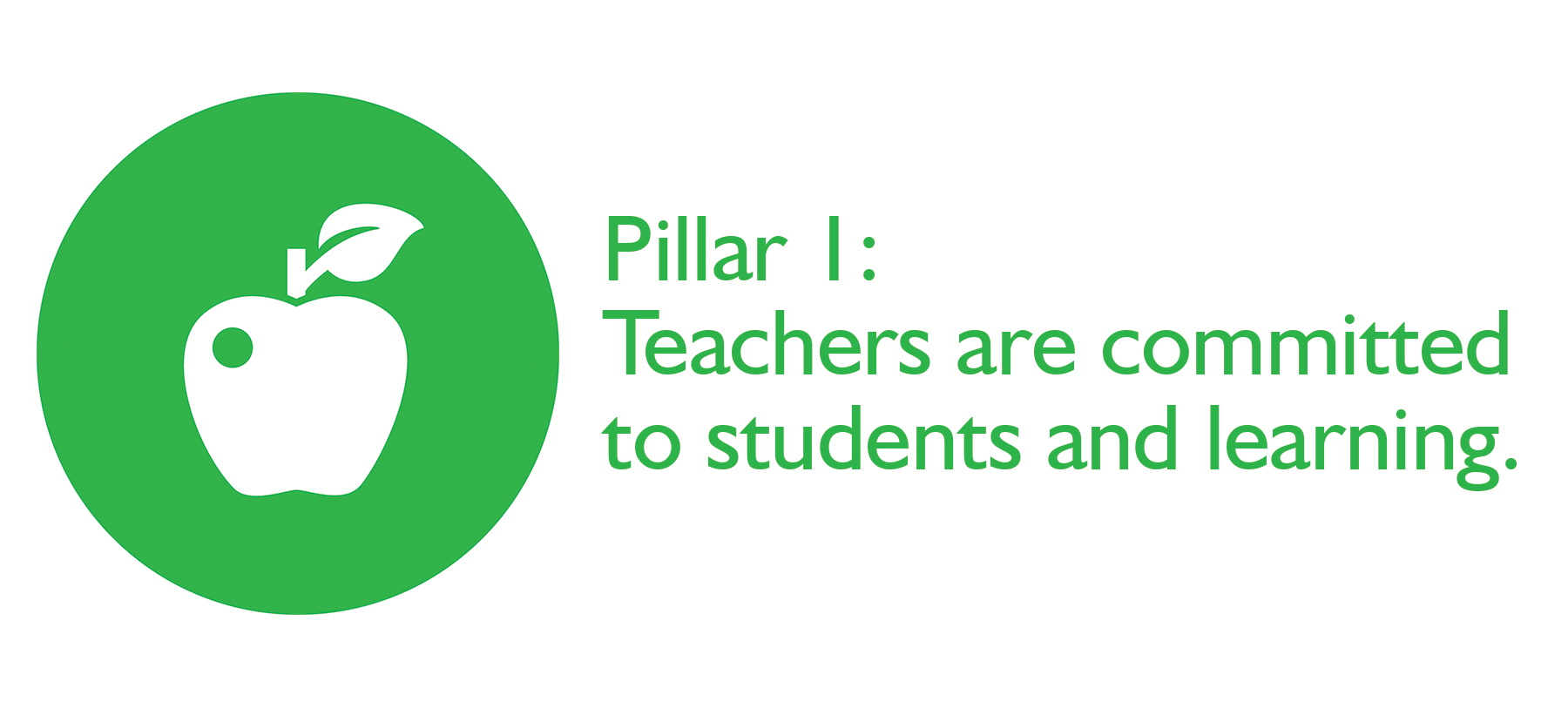Portrait of a TNCS Teacher: Pillar 1

Teachers recognize individual differences in their students and adjust their practices accordingly.
- Recognize students bring different learning proficiencies to the classroom and teachers understand the complex role language plays in learning
- Respond to student needs based on student interests, abilities, and prior knowledge
- Understand that student learning is influenced by student personality traits and prior experiences
- Gain knowledge about students’ learning differences by seeking additional information
Teachers understand how their students develop and learn.
- Consult a variety of learning and development theories to make informed decisions about instructional content and teaching methods
- Provide multiple opportunities and modalities for students to demonstrate their knowledge and showcase their abilities
- Encourage students to relate their experiences to the classroom content in order to make learning relevant
- Recognize that in a multicultural world students possess a wide range of abilities, perspectives, and aptitudes.
- Model an array of strategies for sharing differences, identifying similarities, and embracing diversity within the learning environment.
Teachers treat students equitably.
- Recognize their own biases and seek to ensure that any preconceptions based on real or perceived differences (i.e. exceptionalities, socioeconomic or cultural background, sexual orientation, physical characteristics, race, ethnicity, religion, age or gender) do not distort their relationships with students.
- Respond to differences among students, being careful to counter potential inequities and avoid favoritism
- Advocate to make sure all students have the tools they need to learn.
Teachers know their mission transcends the cognitive development of their students.
- Support the development of character including our Triangle that emphasizes respect, learning, and health and safety
- Create safe and supportive learning environments where students are encouraged to take risks
- Set high expectations for students and their ownership of learning
- Model behaviors to help students advocate for themselves

